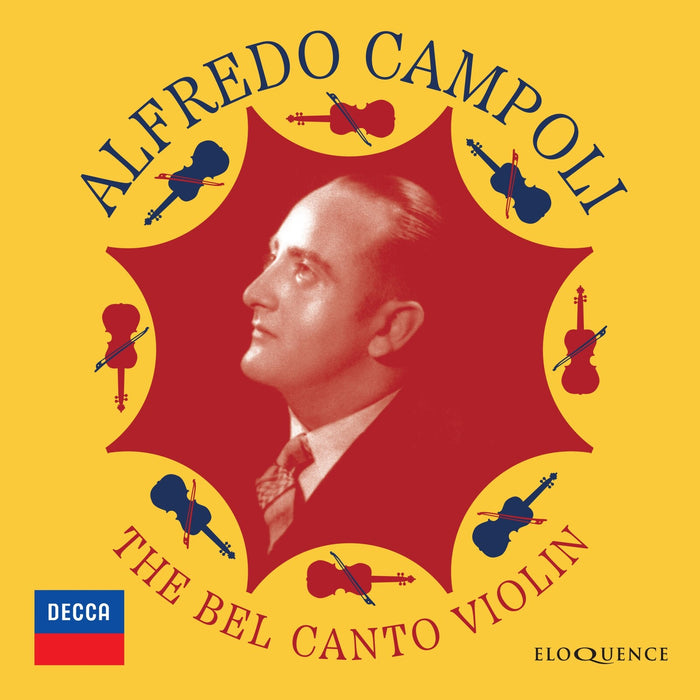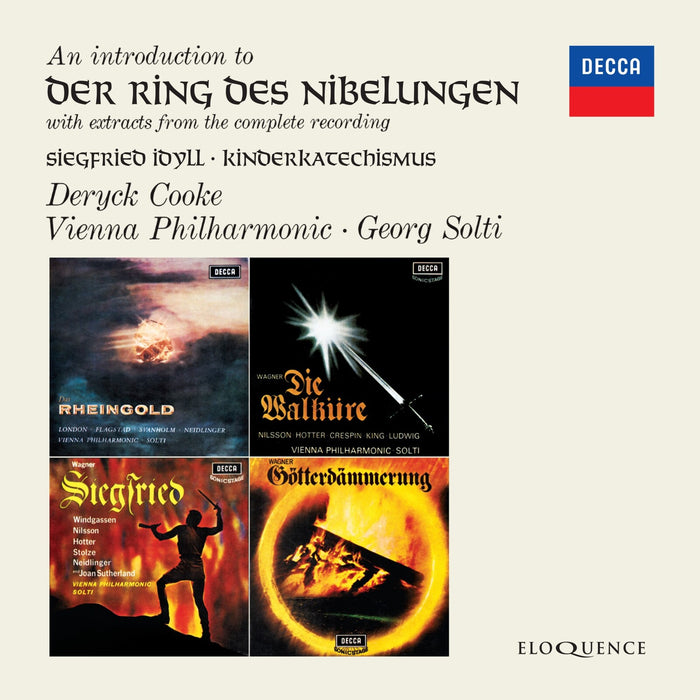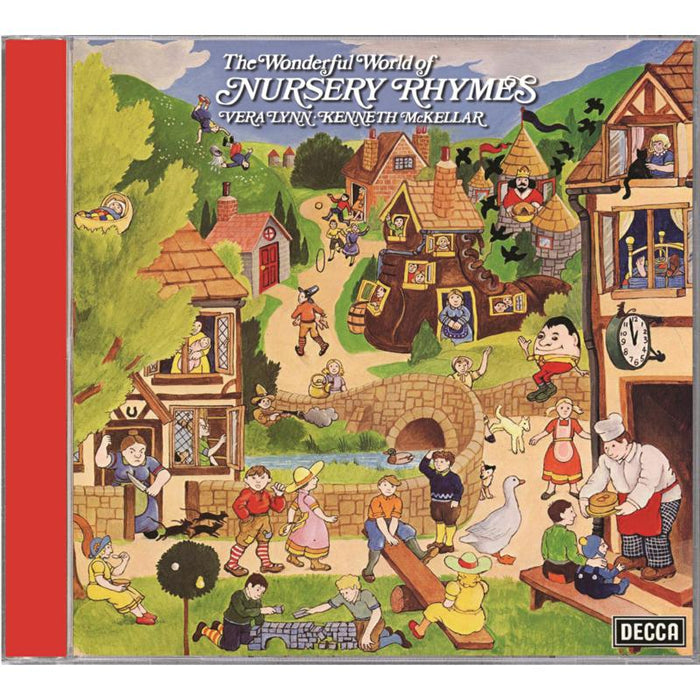Description
A Czech maestro in his element: the complete Philips and Deutsche Grammophon albums of Karel Ancerl collected as a single edition to mark the 50th anniversary of his death (3 July 1973).
Karel Ancerl made most of his recordings behind the Iron Curtain for the Supraphon label, as chief conductor of the Czech Philharmonic between 1950 and 1968. However, as the Czech Philharmonic Orchestra began to tour abroad, Ancerl's own reputation rose with them, and he accepted invitations to lead orchestras across Europe and the US.
Deutsche Grammophon recorded the Czech Philharmonic and Ancerl while they were on a tour of Germany in 1955, and international listeners discovered the 'Ancerl style' - taut, with clean lines, yet always an eloquent singing quality to the melodies - as it applied to the Tenth Symphony of Shostakovich.
The mono LP set the standard for recorded versions of the symphony in years to come. So did the subsequent DG recording, made in Prague, of the Requiem by Dvorak. Though the cast of solo singers is German, featuring Maria Stader on the top line, the burning passion of the performance as a whole is inimitably Czech. Ancerl was an equally superb Stravinskian, and his DG recording of the Violin Concerto complements his Supraphon legacy of the ballets and vocal works.
In the spring of 1958, Ancerl made several albums with the Wiener Symphoniker, which had become a 'house band' for Philips. The demonstration-quality engineering of the Dutch label complemented the conductor's intensely dramatic approach to Dvorak (the Ninth Symphony), Smetana (Vltava) and a collection of Tchaikovsky including ballet suites, the 1812 Overture and the Fourth Symphony.
Preserving the original coupling of Dvorak's Op. 46 Slavonic Dances, we have the first official CD/Digital release of Tibor Paul's recording of seven of Brahms's Hungarian Dances.
Ancerl brought to Czech and Russian repertoire in particular an old-school authority balanced by a warmth and even a vulnerability that seems to reflect his own temperament. His DG and Philips legacy captures him on top form, and this edition evokes the spirit of the time with original covers and a new essay by Peter Quantrill exploring Ancerl's life, his rocky relationship with the Czech Philharmonic and the background to these recordings.
This set contains a 'bonus' by way of Tibor Paul's recording of seven of Brahms's Hungarian Dances, in its first official CD release - the original coupling forAncerl's recording of the Op. 46 set of Slavonic Dances byDvorak.
"The most superlative orchestral playing ... There is a neatness and point to the string and wind playing alike that is only seldom heard, even on record."
Gramophone, September 1956 (Shostakovich: Symphony No. 10)
"Ancerl takes the [Nutcracker] Suite at lively tempi ... recommended." Gramophone, October 1959 Tchaikovsky)
"The balance is right ... Detail, even the softest timpani notes, is remarkably clear ... Ancerl's performance is as honest as the recording." Gramophone, October 1959 (Tchaikovsky: Symphony No. 4)
"The performance it receives here is an authoritative, devoted and highly polished one, completely worthy of the noble score." High Fidelity, June 1960 (Dvorak: Requiem)
"Schneiderhan's account of the Stravinsky Violin Concerto is splendidly alert and astringent, and the Berlin orchestra under Karel Ancerl gives deft and expert support." Gramophone, August 1971 (Stravinsky: Violin Concerto)
"This is an outstanding release ...Ancerl'











